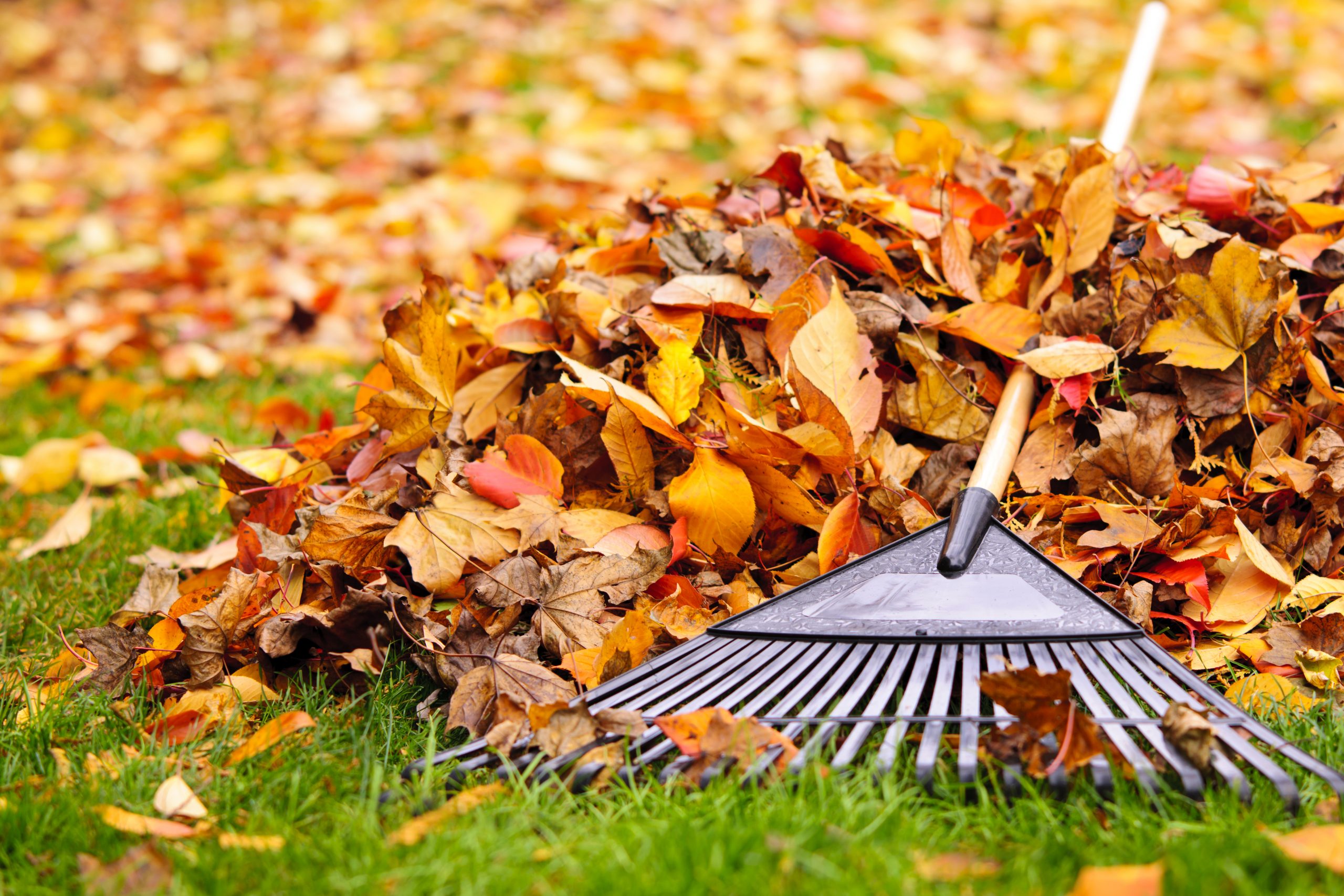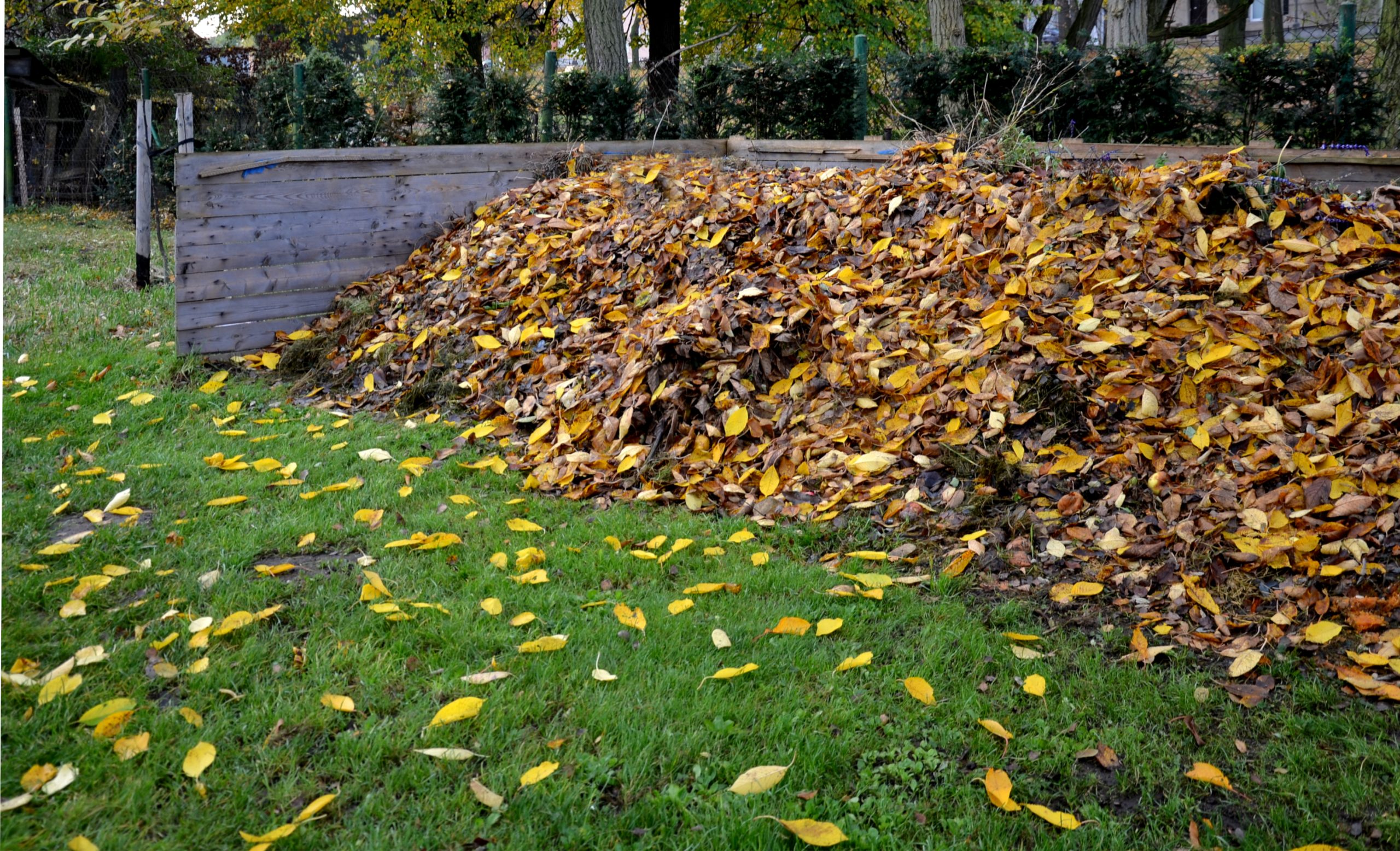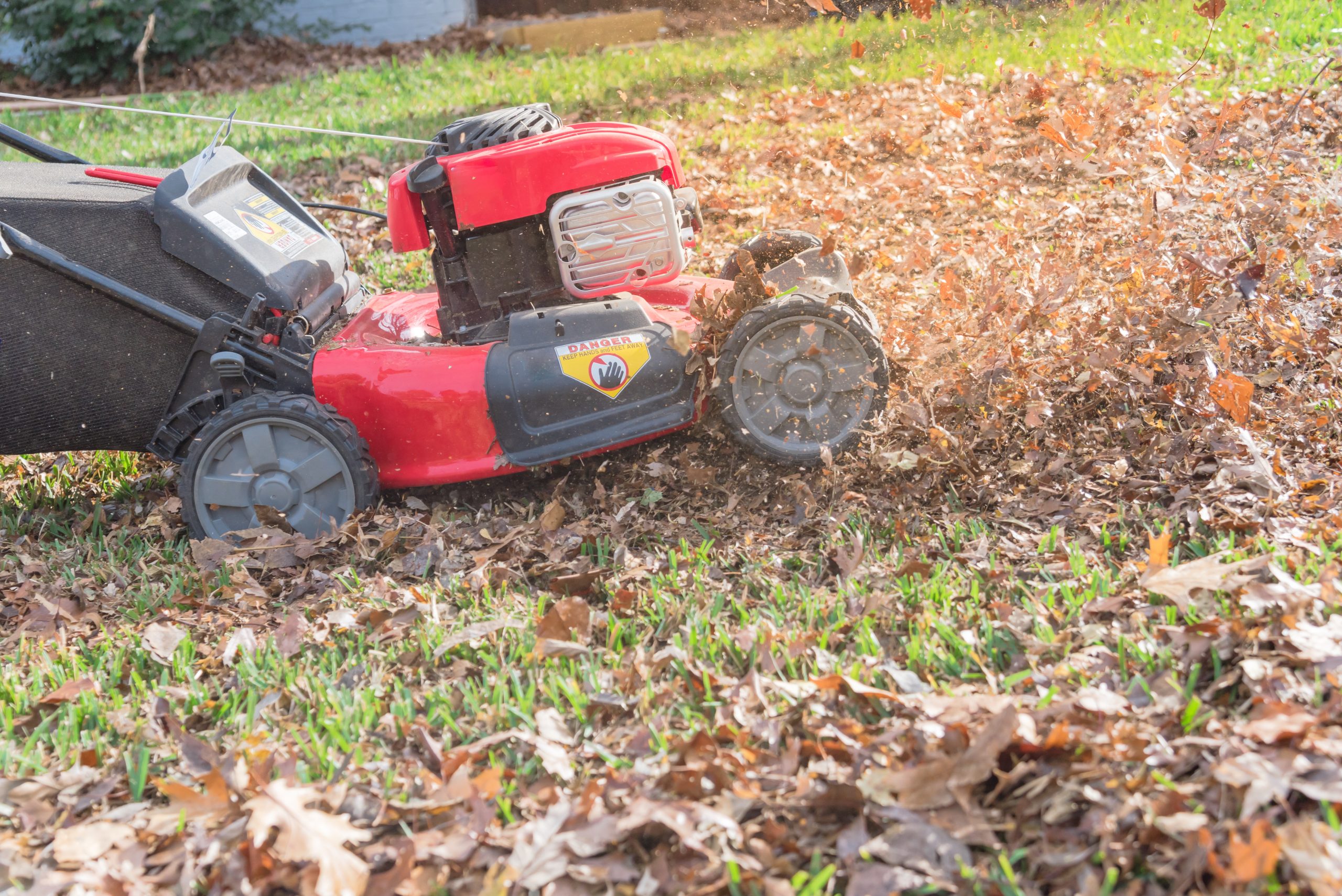How to Get Rid of Bahia Grass (Paspalum) in Your Lawn
One of the toughest grassy weeds to control in home lawns across Australia is ‘Paspalum’ (Paspalum notatum) which is an aggressive grower that’s also incredibly resilient ...

Autumn leaves have the potential to provide you with a great opportunity to create a safe and all-natural garden environment.
Autumn leaves can also be easy and fun to work with and reap benefits for your plants and garden beds.
So, here’s what to do with those Autumn leaves that are sitting on your lawn.

To create the best mulch with Autumn leaves we suggest shredding them to stop the leaves from being blown around your lawn.
Apply a thick enough layer of the shredded leaves on either your tree or flower beds to ensure weed control, moisture retention and the regulation of your soil.
As your shredded Autumn leaves break down they will penetrate carbon nutrients into your lawn’s soil.

Autumn leaves are an excellent source of high carbon material so are very successful at making a compost.
Simply pile up your leaves and alternate them with other compost material such as fruit and vegetables or even lawn clippings and let them sit during winter.
We suggest aerating your Autumn leaves occasionally by turning all the layers over.
Making leaf mould from your Autumn leaves is an excellent way to enhance the soil’s health, texture, and properties.
Make leaf mould by collecting the leaves on your lawn, shredding and placing them into a storage area which will speed up the decomposition process.
We suggest turning the pile of Autumn leaves over a few times – when you remember – during the year.

Many people have a mulch mower which allows them to mow the Autumn leaves back into the lawn.
To make mowing the Autumn leaves into your lawn more effective first rake them into easy to mow rows.
The shredded Autumn leaves and grass clippings are good sources of carbon and nitrogen which is exactly what your soil needs.
Allow your clippings and leaves to sit and break down into the soil during the Winter, and as Spring comes, they will be gone and the nutrients will be deposited in the soil.
.